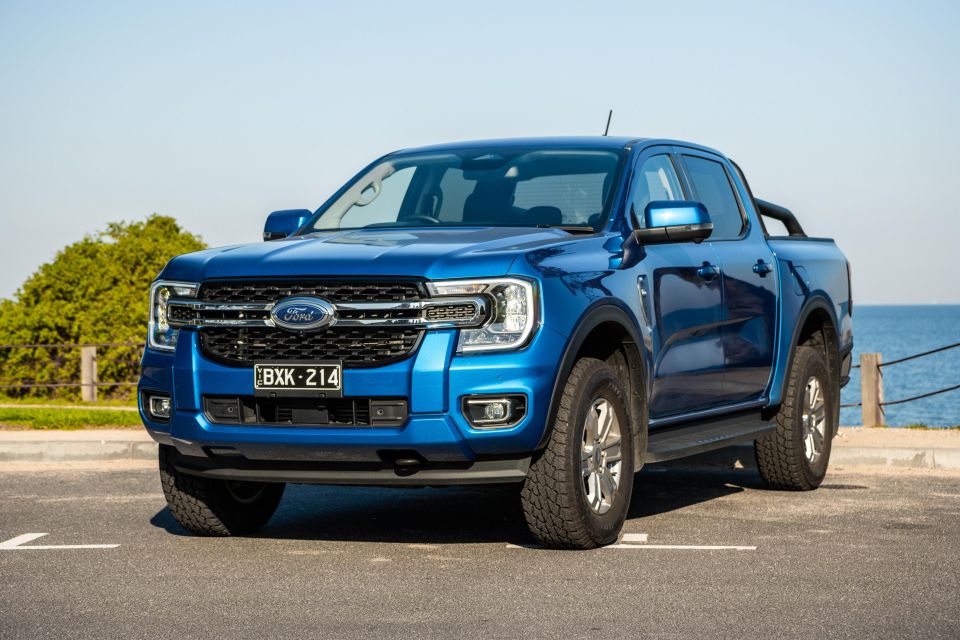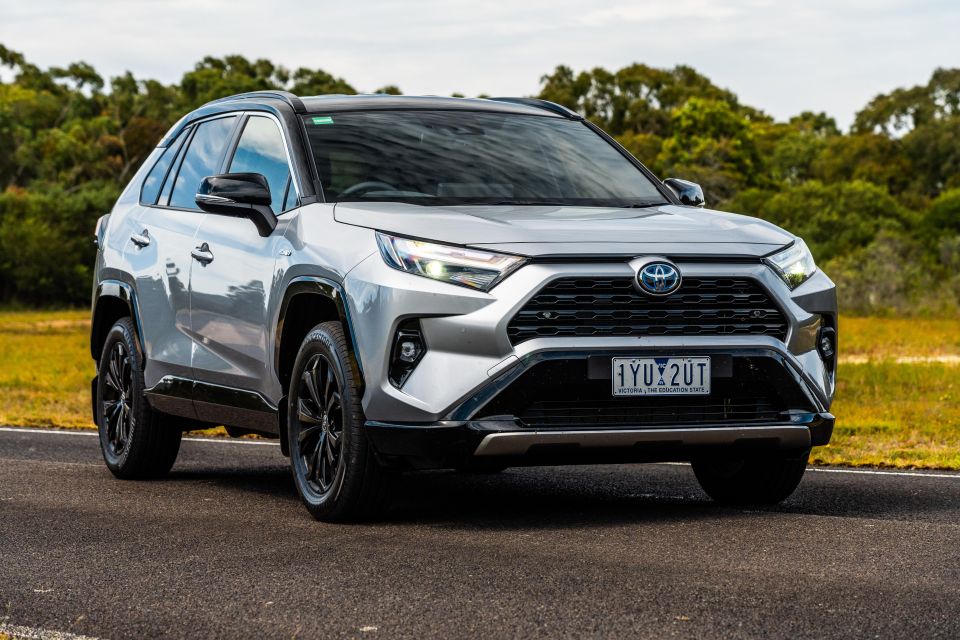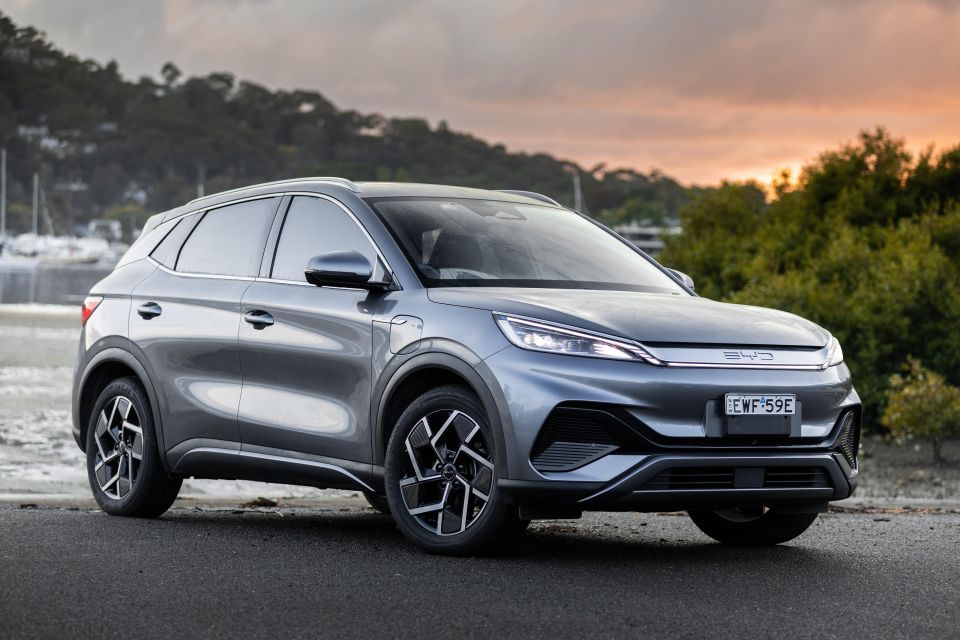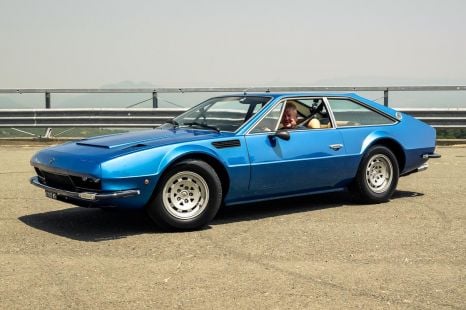

Josh Nevett
2025 Mazda BT-50 GT review
6 Days Ago
The AADA has called on the Australian Government to think carefully before implementing new emissions standards it thinks will drive up prices.

News Editor


News Editor
The peak body for car dealers in Australia says electric vehicle (EV) demand is “shifting at a trickle”, and that customers are at risk of being priced out of new cars by tough new emissions standards.
The Australian Automotive Dealer Association has published its EV & Hybrid Vehicle Wave 2 Insights Report, intended to track Australian buyers’ sentiments on electric vehicles since the body’s last study in December 2022.
It found 67 per cent of respondents intend to keep their current vehicle for longer than initially planned due to cost of living pressures, with 62 per cent saying they’re less open to paying more to buy an EV because of these pressures and 71 per cent calling on the government to incentivise EVs.
Since the AADA undertook its last survey of EV sentiment in 2022, the percentage of people ‘quite likely’ or ‘very likely’ to buy an EV for their primary vehicle has stayed essentially flat at 37 per cent, though the percentage of buyers avoiding EVs due to cost has declined from 62 per cent to 57 per cent.

49 per cent of respondents said they’re likely to buy a hybrid, while 35 per cent said they’re likely to buy a plug-in hybrid.
“The proportion of the market open to buying an EV has grown but represents only one in four buyers, as the strongest barrier to considering an EV remains the higher purchase price,” said AADA CEO Mr James Voortman.
“Most buyers are looking at a non-electric SUV or a ute as their next vehicle. This is no surprise because these are the vehicles Australians love, but are also the cars most at risk of an overly aggressive vehicle emissions standard.
“It is also clear that consumers are less likely to buy a new one due to the current cost of living crisis. The last thing we need to do at this time is to further discourage consumers from buying new cars which are safer, cleaner and greener than the old cars they replace.

“We urge the Government to study this survey and adopt an emissions policy which reduces vehicle emissions in a way that protects affordability, choice and the local automotive industry.”
32 per cent of survey respondents said they’re looking at a mid-sized SUV for their next car. The next most popular answers were small cars (15 per cent) and, perhaps surprisingly, medium cars (14 per cent).
A total of 2000 vehicle drivers were surveyed.
The AADA represents 670 new car dealers in Australia.

It’s not the only peak body that has criticised the New Vehicle Efficiency Standard (NVES).
The Federal Chamber of Automotive Industries (FCAI), which represents car brands in Australia, said it’s taking the time to study the impacts of the government’s proposal but has called it “very ambitious”
“On the surface, the targets seeking a 60 per cent improvement in emissions are very ambitious, and it will be a challenge to see if they are achievable taking into account the total cost of ownership,” said FCAI chief executive Tony Weber.
“The preferred option suggests that Australia considers adopting the type of targets that are currently in place in the United States.

“The targets in that country are supported by significant financial incentives yet the discussion paper makes no reference to any additional incentives to support the uptake of low emission vehicles.
“There is a great deal of further analysis to do and we look forward to continuing to work with the Government on the development of a standard that is right for Australia and supports Australian consumers.”
The Australian Government will consult with stakeholders on its preferred model until March 4, 2024, before introducing legislation “as soon as possible”.
It’s aiming for the new rules, which will affect new passenger and light commercial vehicles, to come into effect by January 1, 2025.
MORE: Car industry cautious about Australia’s proposed vehicle efficiency standards MORE: What Australia’s biggest car brands have to say about tough new emissions standards MORE: Mazda pumps the brakes on Australian efficiency standards, calls for subsidies
William Stopford is an automotive journalist based in Brisbane, Australia. William is a Business/Journalism graduate from the Queensland University of Technology who loves to travel, briefly lived in the US, and has a particular interest in the American car industry.


Josh Nevett
6 Days Ago


Paul Maric
5 Days Ago


Anthony Crawford
4 Days Ago


Max Davies
3 Days Ago


James Wong
1 Day Ago


James Wong
19 Hours Ago